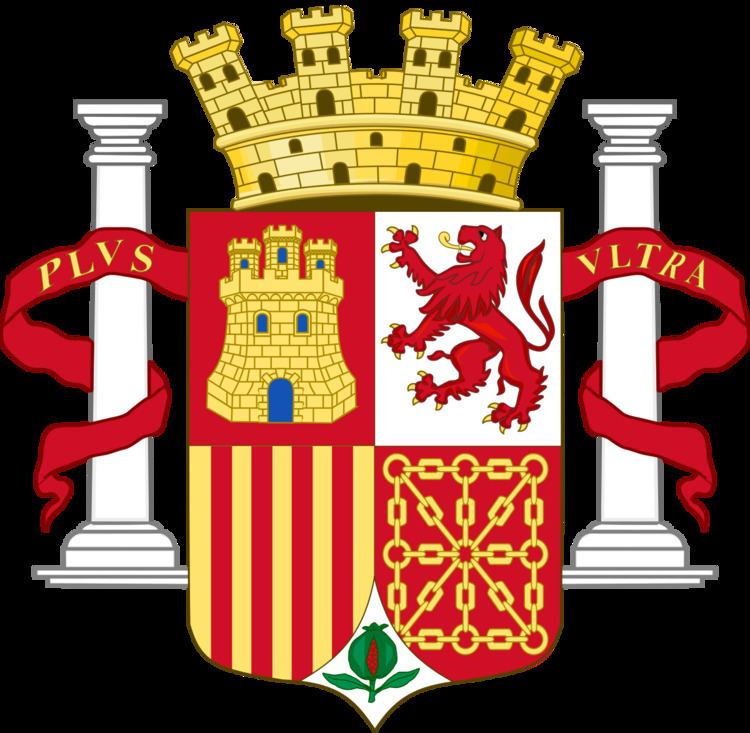Precursor King of Spain Abolished 3 March 1939 | Formation 14 April 1931 Succession Caudillo Franco | |
 | ||
President of the Republic (Spanish: Presidente de la República) was the title of the head of state during the Second Spanish Republic (1931–39). The office was based on the model of the Weimar Republic, then still in power in Germany, and a compromise between the French and American presidential systems.
Contents
- Revolutionary Government 1868 71
- First Spanish Republic 187374
- Second Spanish Republic 193139
- Presidents from 23 July 1936 in Republican Zone only
- Fall of the Republic
- References
The "Republican Revolutionary Committee" set up by the Pact of San Sebastián (1930), considered the "central event in the opposition to the monarchy of Alfonso XIII", and headed by Niceto Alcalá-Zamora, eventually became the first provisional government of the Second Republic, with Alcalá-Zamora named President of the Republic on 11 December 1931.
The use of the term Presidente del Gobierno (literally, President of the Government) in Spanish when referring to the country's head of government, that is, the highest official in the executive branch, has led to some confusion, including Jeb Bush's notorious faux pas in 2003. In 2001, President George W. Bush had also referred to Spain's prime minister as "President". With Spain a constitutional monarchy since 1975, the current monarch is head of state.
Revolutionary Government (1868-71)
A provisional President of Spain ruled that country and its colonies between the deposition of Isabella II and the election of Amedeus.
First Spanish Republic (1873–74)
Following the abdication of Amadeo I on 10 February 1873, the short-lived First Republic (1873–74) had four heads of state (officially, Presidents of the Executive Power): Estanislao Figueras, Pi i Margall, Nicolás Salmerón, and Emilio Castelar.
On the eve of the pronunciamiento. (coup d'état) of 3 January 1874, General Pavia sent for Francisco Serrano y Domínguez take to the leadership. Serrano took the title of president of the executive and he continued at the end of December 1874 when the Bourbons were restored by another pronunciamiento.
Second Spanish Republic (1931–39)
Following the abdication of Alfonso XIII on 14 April 1931, there was no official head of state, meaning that the Prime Minister was, in effect, the highest office in the land. Niceto Alcalá-Zamora assumed the new role of President, the effective head of state. Manuel Azaña remained as Prime Minister, head of the government, until 12 September 1933.
Presidents (from 23 July 1936 in Republican Zone only)
With Franco's victory imminent, a National Council of Defense was established to negotiate a peace settlement with the Nationalists. By this point, Franco effectively had military control of the whole country.
Fall of the Republic
On 27 February 1939, after both France and the United Kingdom had recognised Franco's military victory, President Manuel Azaña, exiled in France, resigned. The following week, the so-called Casado's Coup against Prime Minister Negrín's government led to the creation of the National Defence Council which attempted, unsuccessfully to negotiate terms, with Franco breaking off talks motu proprio. Following Franco's final offensive at the end of March 1939, the Republic fell.
